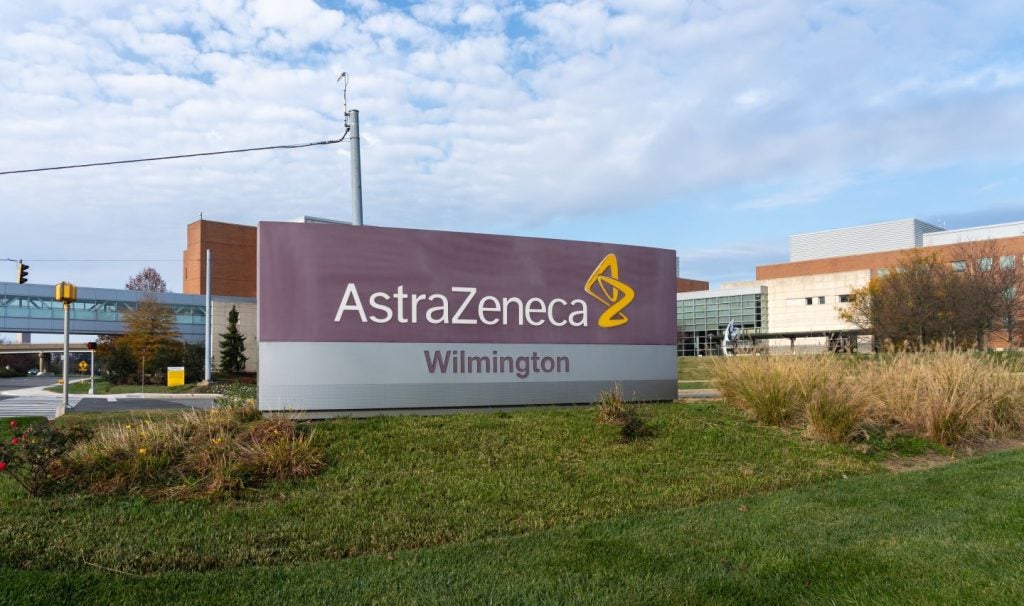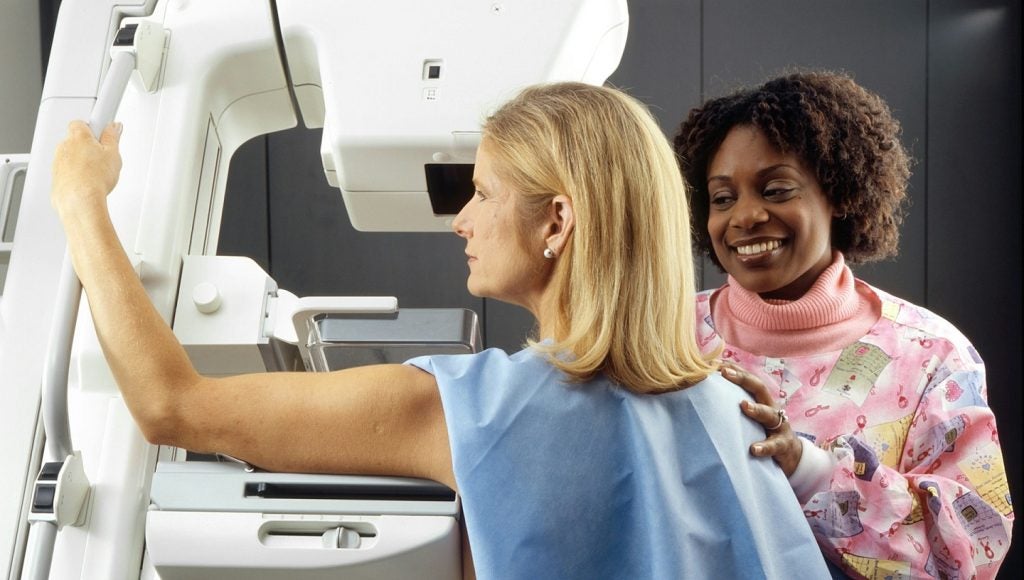Rucaparib camsylate is under clinical development by Pharmaand and currently in Phase II for Leiomyosarcoma. According to GlobalData, Phase II drugs for Leiomyosarcoma have a 17% phase transition success rate (PTSR) indication benchmark for progressing into Phase III. GlobalData’s report assesses how Rucaparib camsylate’s drug-specific PTSR and Likelihood of Approval (LoA) scores compare to the indication benchmarks. Buy the report here.
GlobalData tracks drug-specific phase transition and likelihood of approval scores, in addition to indication benchmarks based off 18 years of historical drug development data. Attributes of the drug, company and its clinical trials play a fundamental role in drug-specific PTSR and likelihood of approval.
Rucaparib camsylate overview
Rucaparib camsylate (Rubraca) is an anti neoplastic agent. It is formulated as film coated tablets for oral route of administration. Rucaparib camsylate is indicated as a monotherapy treatment in patients with deleterious BRCA mutation (germline and/or somatic) associated advanced ovarian cancer who have been treated with two or more chemotherapies, and for the maintenance treatment of recurrent epithelial ovarian, fallopian tube, or primary peritoneal cancer who are in a complete or partial response to platinum-based chemotherapy. It acts by targeting PARP (poly (ADP-ribose)polymerase).
It is under development for treatment in patients with recurrent solid tumors associated with a deleterious mutation in homologous-recombination deficient (HRD) adenocarcinoma of the cervix and adenocarcinoma of the endometrium, leiomyosarcoma, urothelial carcinoma, triple negative breast cancer, non-squamous non-small cell lung cancer, fallopian tube cancer, peritoneal cancer, epithelial ovarian cancer, metastatic biliary tract cancer, malignant mesothelioma, metastatic hormone refractory (Castration Resistant, Androgen-Independent) prostate cancer, non-metastatic triple negative breast cancer, non-small cell lung cancer, gastro-esophageal junction adenocarcinoma and clear cell renal cell carcinoma. It was also under development for metastatic urothelial cancer (third line therapy), or BRCA 1/2 mutated breast cancer, Hormone-Sensitive Prostate Cancer and other solid tumor with BRCA 1/2 or related gene mutation metastatic prostate cancer, esophageal cancer, ovarian cancer, solid tumor, metastatic pancreatic cancer, pancreatic ductal adenocarcinoma, metastatic breast cancer, cervical cancer and renal cell carcinoma.
Pharmaand overview
pharmaand (Pharma), formerly Zr Pharma, is a manufacturer and distributor of pharmaceutical products. The company acquires and markets the authorization and worldwide rights of different products in various therapeutic areas such as urology, cardiovascular diseases and diseases of the central nervous system, gastroenterology, pneumology, and haematology, for patients and doctors worldwide. Its product offerings include coated tablets, divisible tablets, injections, gastro-resistant tablets, syrups, and capsules. The company’s service offerings include product development, distribution services, and lifecycle management. It markets its products through its brands such as Anafranil, Androskat, Asacol, Dridase, Emselex, Euphyllin, Farydak, Levact, and Pegasys. Pharma is headquartered in Vienna, Austria.
For a complete picture of Rucaparib camsylate’s drug-specific PTSR and LoA scores, buy the report here.
Premium Insights
From

The gold standard of business intelligence.
Blending expert knowledge with cutting-edge technology, GlobalData’s unrivalled proprietary data will enable you to decode what’s happening in your market. You can make better informed decisions and gain a future-proof advantage over your competitors.





